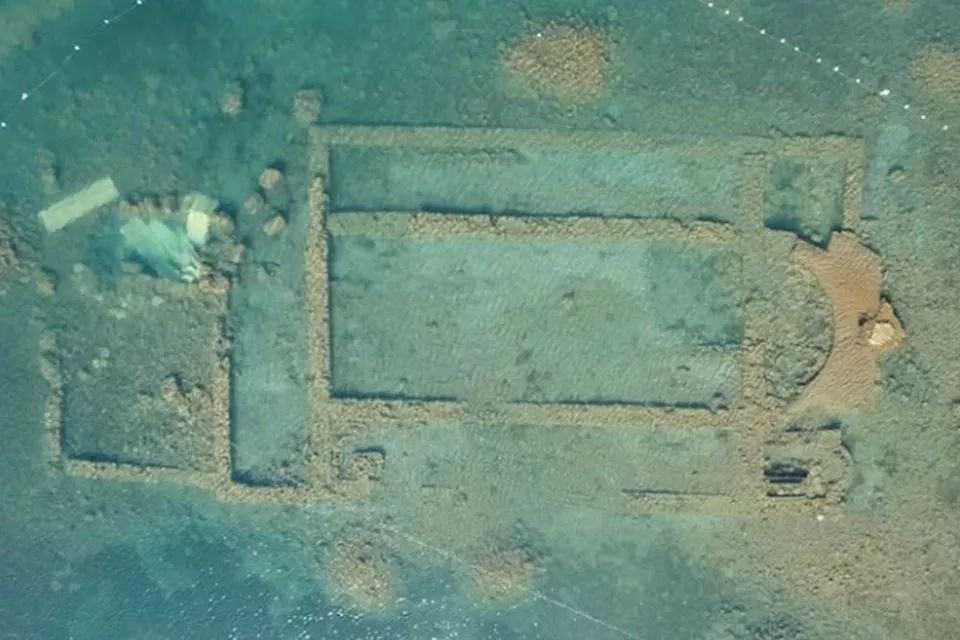
Ancient Christian shrine found at the bottom of a lake in Turkey
(ORDO NEWS) — Turkey has completed the eighth season of underwater archaeological excavations, which are being carried out in Lake Iznik near the city of Bursa in the west of the country. The main find of the current year was a unique pendant with the image of St. Nicholas.
According to Arkeonews, underwater archaeological excavations this year were carried out in an ancient basilica. It is located about 20 meters from the shore of the lake at a depth of 1.5-2 meters.
It has been established that the age of this church is about 1600 years, which makes it one of the oldest in Turkey.
The ruins of the basilica were discovered in 2014. Previously, scientists have established that in 740 AD, an earthquake destroyed this church. And later she went under the water and ended up at the bottom of the lake.
It was in the ruins of this temple that underwater archaeologists discovered a well-preserved pendant with the image of St. Nicholas. In the West, this saint is known as Santa Claus - he served as the prototype for the famous Christmas character.
Archaeologists note that the underwater basilica was not directly connected with St. Nicholas, but a particle of his relics was in the temple of the nearby city of Demre.
“The find is very important, as it shows us that in ancient times a pilgrim or even a group of pilgrims arrived here,” says Professor Mustafa Shahin from the University of Bursa Uludag.
“The pilgrim probably came to Demre after completing his pilgrimage to Jerusalem and bought this pendant “And on the way back, he visited the basilica where we were excavating. Perhaps the pilgrim accidentally dropped the pendant.
But we can also assume that the pendant was deliberately left in the church. This means that the basilica could originally have been a pilgrimage church.”
The expert adds that the ancient city of Iznik played an important role. It was the center of culture in the Byzantine and early Christian eras.
By the way, the basilica found at the bottom of the lake was recognized as one of the 10 most important world archaeological discoveries in 2014.
—
Online:
Contact us: [email protected]
Our Standards, Terms of Use: Standard Terms And Conditions.






